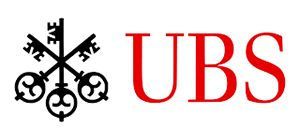European Equity Class Analysis
European Equity funds’ performance varies significantly across the category, with the best 5% of the funds in the universe outperforming the market (pegged to MSCI Europe) by approximately 15% over the trailing 12 months, and the worst 5% underperforming by approximately the same amount over the same time period. When one focuses on each success […]
European Equity funds’ performance varies significantly across the category, with the best 5% of the funds in the universe outperforming the market (pegged to MSCI Europe) by approximately 15% over the trailing 12 months, and the worst 5% underperforming by approximately the same amount over the same time period. When one focuses on each success or failure, it seems that they were the result of very specific allocations (timing bets) or stock/sector picks (selection). What part of this wide spread is due to favourable style allocations? We decided to look at common factors describing best and worst funds by looking at these groups on an aggregate basis. When top performing funds are aggregated in a group, their common factors crystallize and specific bets are diversified away, which provides the basis for such an analysis. As expected, we find that top- and bottom-performing funds, on average, belong to different style categories which impacted their performance. Top-performing funds benefited from their style allocation (positive timing); while for worse performers, timing negatively impacted their performance. At the same time, security/sector bets had a more pronounced impact on performance of funds in both categories. Please note that our conclusions may change if a different timeframe is used to select the best/worst funds.
Sign in or register to get full access to all MPI research, comment on posts and read other community member commentary.





